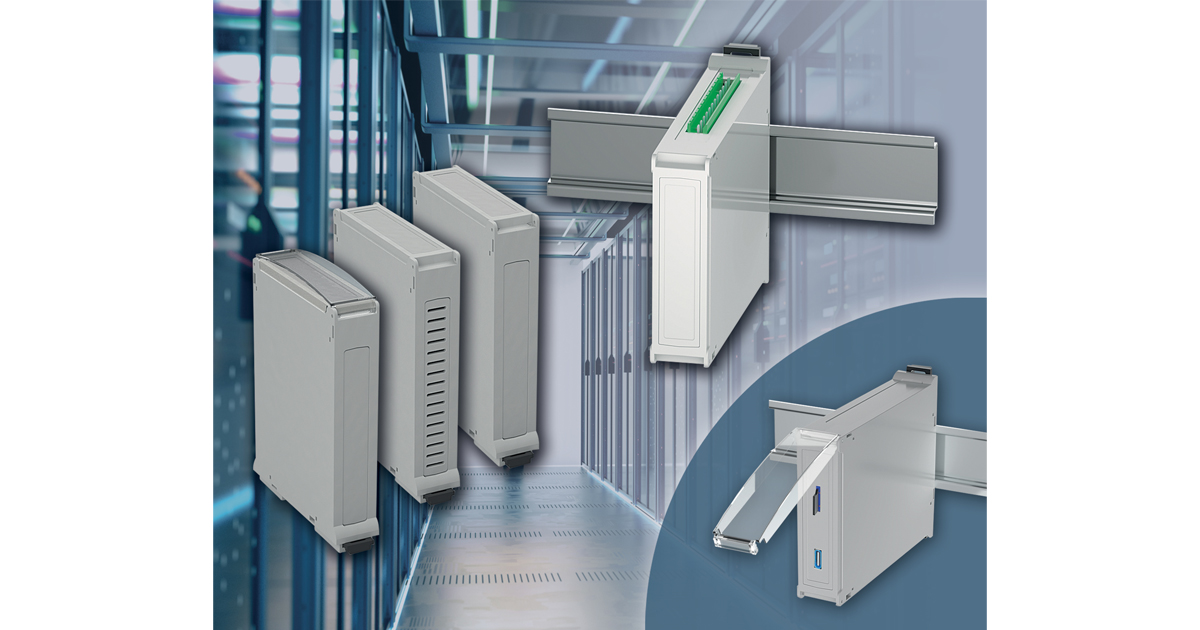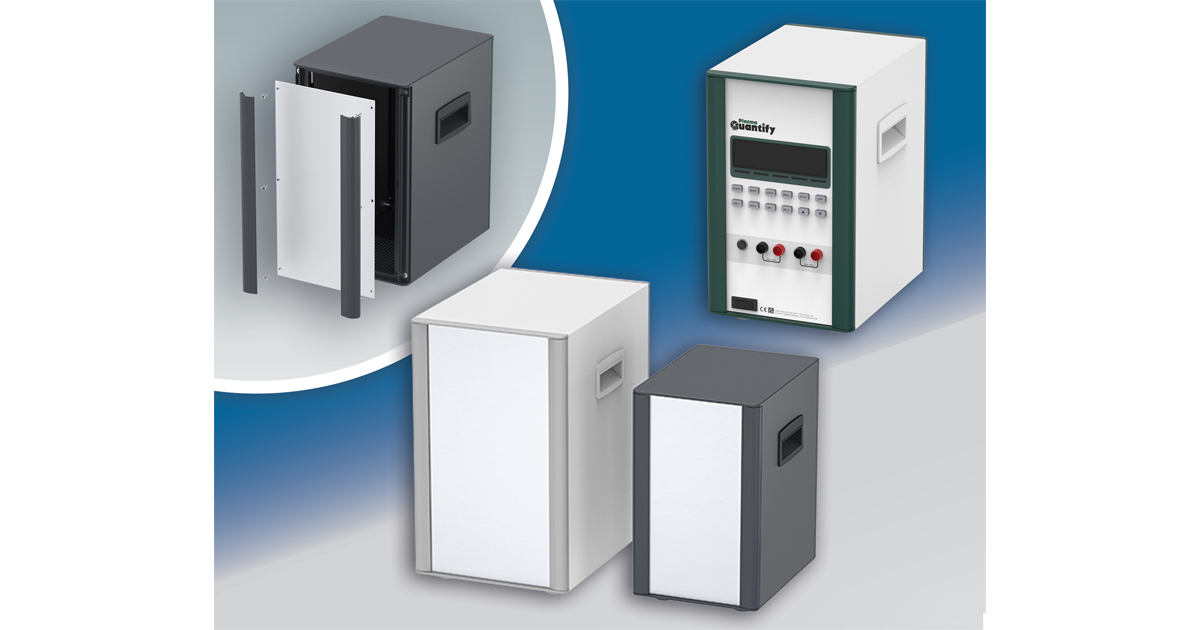nVent PYROTENAX Fire-Rated Wiring Cables Excel in Independent Lab Test

January 11, 2021
nVent Electric plc recently released its results from an independent ISO 9001 certified laboratory test that compared the performance of certain UL 2196 Listed fire-rated wiring cables during fire conditions. The test measured whether the cables would release toxic or combustible gases while or after burning.
Testing beyond current UL 2196 protocols
The current UL 2196 standard requires that fire-rated wire cable systems retain electrical continuity following a two-hour fire exposure and subsequent hose stream test, but it does not address the presence of toxic and/or combustible gas created during a fire. The testing conducted by the third party laboratory found that some UL 2196 approved cables produce toxic smoke and combustible gases (also referred to as “off-gassing”) under fire conditions. These off-gases can then ignite and/or combust with forces similar to those of natural gas.
Materials are critically important
The composition of the materials used in fire-rated cables affects performance during a fire. In the testing performed by the third-party lab, those cables that use organic materials in their insulation began to off-gas as the temperature increased. However, nVent PYROTENAX System 1850 fire-rated wiring cables, which are mineral insulated (MI) cables and constructed with inorganic insulation materials, including magnesium oxide, produce virtually no off-gases when heated. In addition to being an environmentally-friendly option, these cables’ insulation does not burn, produce smoke or contribute toxic and/or combustible gases to ongoing fire emergencies.
Mineral insulated cables uphold their properties during a fire
While testing for smoke and gas generation, combustibility and flammability, the third-party laboratory also observed the tested cables’ electrical integrity – the ability of the cables to maintain their mechanical strength. MI cables maintained almost all of their strength, while non-MI cables that were tested showed significant degradation at the conclusion of the experiment.
“With the availability of new knowledge on the shortcomings of Listed silicon rubber insulation based cables under fire conditions, and the availability of other Listed systems that do not produce toxic and combustible gasses under fire conditions, fire safety professionals have more facts to confidently specify the safest systems,” says Marty Lee, nVent Vice President of Product Management.
![]()










